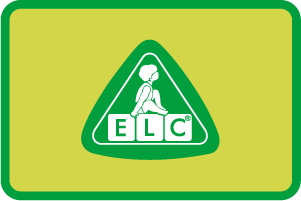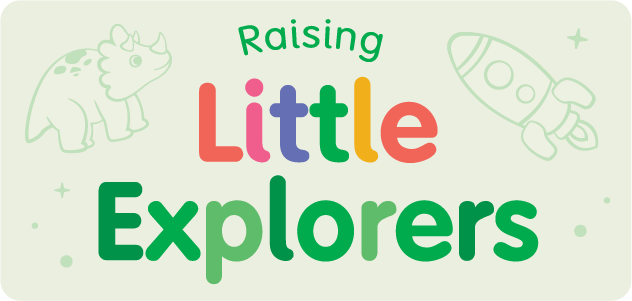Understanding Mood Swings in Children
3 min read
Last Modified 28 August 2024 First Added 3 August 2023
3 min read
Last Modified 28 August 2024 First Added 3 August 2023

Author Amanda Gummer
Written by ‘The Experts at The Good Play Guide’
Mood swings can be frustrating, especially when they happen in public. But the truth is, mood swings are a natural part of a child’s development, and they can happen for a variety of reasons. In this guide, we’ll help you understand them and give you some tips on how to manage these behaviours.
A tantrum is an outburst of emotions that can include crying, screaming, kicking, and throwing things. Tantrums are a common occurrence in young children, typically between the ages of 1 and 4 years old. They can happen when a child is tired, hungry, or overwhelmed. Sometimes, tantrums can be a way for a child to express their frustration or anger when they don’t have the words to communicate their feelings.

Mood swings can be triggered by a variety of things, including hunger, fatigue, stress, or a change in routine. As a parent, it’s essential to identify your child’s triggers so you can prevent tantrums from happening in the first place. For example, if your child gets cranky when they’re hungry, make sure to have healthy snacks on hand when you’re out and about.
When a mood swing does happen, it’s important to stay calm and patient. Yelling or getting angry will only make things worse. Instead, if you can catch it early enough, try to distract your child by offering them toys to stimulate their senses or a favourite book. Otherwise, make sure the child is safe and let their mood swing blow itself out. Don’t try and reason with a child mid-tantrum.
As the child is coming down from the tantrum, you can encourage deep breathing exercises or counting to 10 with your child to help them calm down more quickly.

Sensory toys can also be a great way to prevent tantrums or help calm your child during a mood swing. Sensory toys are designed to engage the senses and can be especially helpful for children with sensory processing issues or autism. Look for toys including textured sensory toys and sound sensory toys, to help your child regulate their emotions and focus their attention.
While it’s important to stay calm during an outburst, it’s also essential to set boundaries. If your child is throwing things or hitting, make it clear that this behaviour is not acceptable. Let your child know that their actions have behavioural corrections, such as taking away a toy or a timeout.
Positive reinforcement is another effective way to prevent mood swings. Praising your child for good behaviour can go a long way in avoiding mood swings in the first place. Make sure to acknowledge when your child is behaving well, and offer rewards for good behaviour, such as extra playtime or a special treat.
In conclusion, outbursts are a natural part of a child’s development, and as a parent, it’s essential to understand them and handle them in a calm and patient manner. By identifying your child’s triggers, offering calming techniques, providing sensory toys, setting boundaries, and using positive reinforcement, you can help your child manage their emotions and prevent outbursts from happening in the first place.
Remember, parenting is a journey, and with a little patience and understanding, you’ll be able to navigate the ups and downs of mood swings with ease.

To read our disclaimers, please click here.
Dr Amanda Gummer is a psychologist specialising in child development, play and parenting and is the media’s go-to expert to discuss family issues.
With a PHD in Neuropsychology and 20 years experience working with families and children, Amanda is dedicated to ensuring every child can develop the skills to thrive and helping make the world a more playful place and is the founder & CEO of Dr Gummer’s Good Play Guide, one of the UK’s leading sites for independent toy and app reviews and advice.
 Free Click & Collect within 30 minutes
Free Click & Collect within 30 minutes
 Free delivery on orders over £39.99
Free delivery on orders over £39.99
 FREE Next Day Delivery on orders over £75
FREE Next Day Delivery on orders over £75
 Gift Cards available
Gift Cards available


